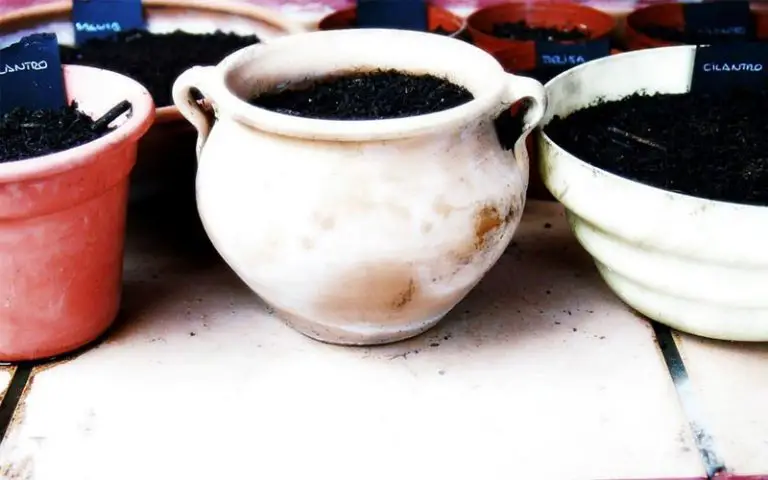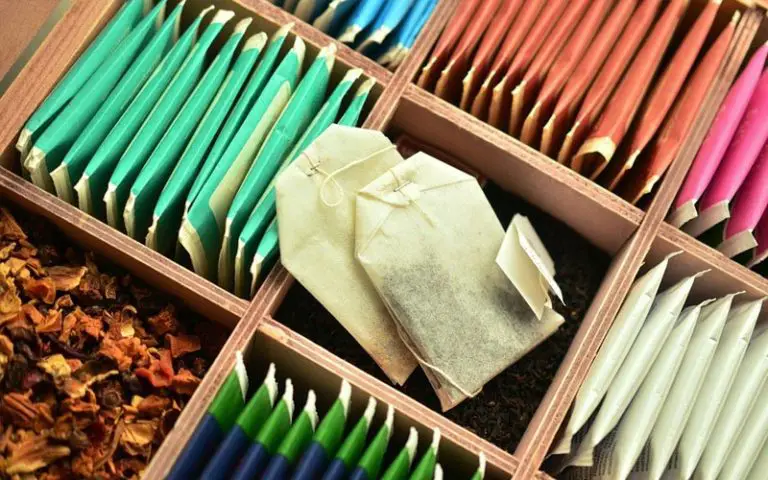How to Fertilize a Money Tree Bonsai

Having one of these plants in your home looks stunning and can bring you some good luck when you really need it. Of course, you’ll need to take good care of it, and one of the things you’ll need to do is feed it.
Therefore, we’re going to show you how to fertilize a Money Tree bonsai so it stays strong and healthy!
Why Your Money Tree Needs Fertilizer
Buying a Money Tree bonsai is the first step of having a Pachira aquatica in your home. In many cultures, people believe it brings luck, prosperity, and wealth. They even place it in a specific spot with Feng Shui elements to boost the effect of this mysterious plant.
While the species can survive on adequate water, sunlight, and humidity, it’ll need some food if you want it to remain healthy and strong. In spring and summer, the roots hunt for nutrients in the soil. Many substrates contain trace elements, and there are blends of nitrogen, phosphorous, and potassium.
However, it doesn’t last forever, and these nutrients will eventually run out. The Money Tree bonsai grows vigorously, so it will soak up as much of the minerals as it can when the warm seasons arrive. It’s up to you to ensure that there’s enough to go around.
That’s where fertilizer comes in to help. When you provide the soil with more minerals, it gives the bonsai a fighting chance to remain healthy and hold off against pests and diseases. You’ll also see stronger leaves, branches, and roots with a better success rate.
When is the Right Time to Fertilize
Feeding the Money Tree bonsai is a seasonal activity. You’ll never stop providing fertilizer; you’ll only adjust how much you place in the soil. In some instances, you can even spray it on the leaves, but it doesn’t work as effectively. If you want to give the tree proper care, you’ll need to learn when to supply the right quantities.
When spring arrives, you can expect the bonsai tree to become hungry. It’s going to start using energy to create new shoots and roots, preparing for the warm weather ahead. You should provide liquid fertilizer at least once a week to ensure there’s enough food to convert.
Summer will see more vigorous growth, but you can keep the supply at once a week. Younglings will soak it up quickly, while older trees won’t need as much food. If it’s older than 15 years old, you can cut back to once every two weeks.
In autumn, things start to slow down as the tree prepares to go into dormancy. However, it’s still feeding on the nutrients and may decide to store some carbohydrates for the winter. You can cut back to about once a month at this time while watching for signs of any new growth.
Winter is when the Money Tree bonsai sleeps. It needs its rest for the coming spring when the cycle starts again. Although it’s taking a nap, you can still feed it once during winter, preferably the central month. It won’t do it any harm, and you’re assured it has enough to keep it going during the cold period.
How to Fertilize a Money Tree Bonsai
You’re approach to fertilize a Money Tree bonsai will depend on how regularly you want to feed it. While you can use the standard liquid dilution, this isn’t the only technique. There are a few other things you can try.
Pellets
Pellets are small, round granules that you place on top of the soil like a layer of deco rocks. As you water your bonsai, these pellets will slowly dissolve into the substrate and feed the roots. It’ll last you at least eight weeks, depending on the brand and composition.
Food Spikes
Similar to pellets, these are long cylindrical spikes that you place into the top section of the soil. You can leave some of the spike exposed to the air, or you can lay them on their sides. Either way, there are no harmful chemicals and will last about two months.
Coffee Grounds
Coffee grounds help to keep soil levels at a neutral pH level while holding some nutrients that the bonsai tree loves. There are various approaches you can use, such as composting or making a compost tea. You don’t want to add the coffee you drink to the soil, as it creates too much acidity.
The best method to use is to grind or compost the grounds and then add it as a layer above your soil. It’s important to note that it simply adds more nutrients to the soil, which may benefit your tree. It may not always work though, which is why you should stick to traditional fertilizers.
Tea Bags
These tea bags have high-grade compost in them that’s rich in minerals and oxygen. One of the top benefits is that it helps improve the soil’s ability to retain nutrients and water. It also assists the plant to build a tolerance in regions with hot, dry climates.
The roots love it too, as it makes them stronger to absorb nutrients better. The soil is able to suppress pathogens better than before, and it improves the pH level. It’s also safer to use if you have pets who love to drink from the tray when they pass your bonsais in your home.
How it works is that you place the bags in your water can and let it soak for a while. Give it enough time for the nutrients to blend with the water. When ready, you simply water your bonsais as you always would, and the minerals will remain in the soil even if the water drains out into the tray.

Best Fertilizer for a Money Tree Bonsai
There are several fertilizer products on the market you can use. Fortunately, the Money Tree is content with any standard mixture and isn’t too worried about having anything special in them. You can treat them to some tea bags and coffee grounds now and again, though.
Here’s a list of products we recommend:
Final Thoughts
Feeding your Money Tree is essential, as it needs the nutrients to grow strong and healthy. It uses the minerals to develop beautiful leaves, branches, and roots, something you should aspire for with all of your bonsais.
We hope this guide has helped you learn the best ways to care for it, especially during every season. Be sure to look out for all of our other Money Tree articles on our site.

FAQs
We’ve seen several questions about fertilizing a Money Tree bonsai online and in community forums. It’s the main reason we decided to provide this article. We’ve also answered some of the queries here below in case they’re roaming around in your head.
Yes, it loves fertilizer during the warmer seasons. You’ll want to provide liquid versions once a week for young trees and once every second week for older ones. When it comes to slow-release pellets, you can add them once every eight weeks.
The Money Tree bonsai loves a balanced diet, so you’re looking at an NPK mixture of about 10:10:10 or similar. You’ll also want to prevent the use of tap water, which can cancel the benefits of the nutrients. This species prefers rainwater or treated water to remove harmful chemicals or minerals.
Besides sufficient light and watering in spring and summer, you’ll want to provide sufficient fertilizer. It grows so vigorously, there’s no such thing as too much. You’ll watch the braided trunks and leaves develop quickly, so ensure that you perform design and maintenance pruning to keep the overall design.
Coffee grounds have several essential nutrients that Money Trees love. You can use it as compost or as a tea to prevent too much water retention. You should see a healthy response from the bonsai within a few weeks.







